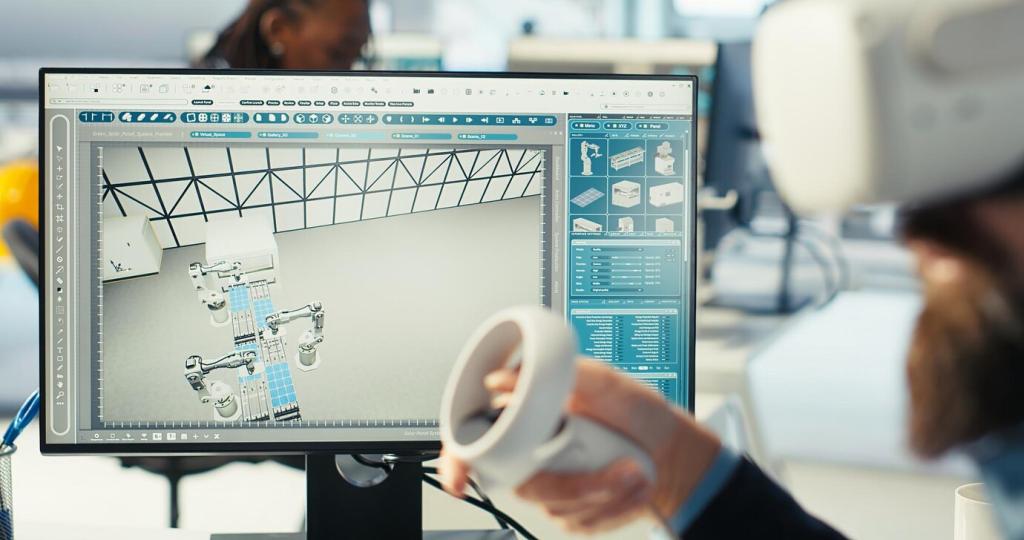Sustainable Agriculture: Feeding More with Less
A smartphone camera can detect leaf stress before the naked eye does. Combined with soil moisture sensors, AI recommends micro-doses of water and nutrients, cutting waste while boosting yields. One cooperative reported thirty percent savings without sacrificing quality.
Sustainable Agriculture: Feeding More with Less
Forecast models pair rainfall projections with evapotranspiration data to schedule irrigation precisely. In drought-prone valleys, this reduced pumping costs and prevented salt buildup. Tell us which water-saving techniques you’re testing so we can feature your field-proven practices.






